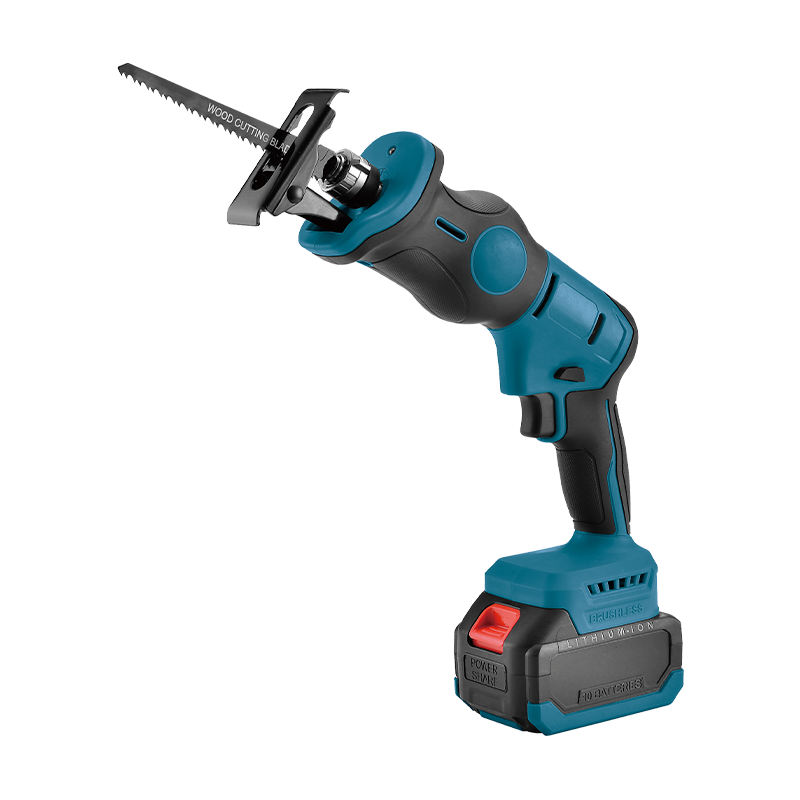 2025.11.21
2025.11.21
 Industry News
Industry News
The industrial reciprocating saw has long been recognized as a fundamental tool in various sectors, known for its robust performance in challenging cutting situations. This powerful tool, characterized by its push-and-pull blade motion, is engineered to tackle materials that would pose significant difficulties for other types of cutting equipment. The design of the industrial reciprocating saw prioritizes raw power and durability, making it a preferred choice for tasks involving demolition, metalwork, and construction where precision is secondary to sheer cutting force and the ability to power through obstructions. Its continued relevance in industrial settings is a testament to its unique capability to perform in environments where other tools might be less effective.
A key advantage of the industrial reciprocating saw is its exceptional adaptability. By simply changing the blade, the same industrial reciprocating saw can transition from cutting wood and plastic to slicing through metal pipes, cast iron, and even hardened materials. This versatility means that a single industrial reciprocating saw can replace several specialized tools on a job site, simplifying inventory and enhancing operational flexibility. The ability of the industrial reciprocating saw to make plunge cuts into solid surfaces further expands its utility, allowing workers to create openings in walls or panels without a pre-drilled starter hole. This feature is particularly valuable in renovation and rescue operations.
Technological advancements have significantly improved the user experience and control of the modern industrial reciprocating saw. Many contemporary models incorporate variable speed controls, giving the operator precise command over the cutting action based on the material being worked on. This feature allows for a more controlled approach when initiating a cut or when working with more delicate materials. Furthermore, innovations in vibration dampening and ergonomic design are addressing the issue of user fatigue, which is an important consideration for professionals who rely on the industrial reciprocating saw for extended periods. These developments make the tool more manageable without compromising its renowned power.
The application range for the industrial reciprocating saw is remarkably broad. In metal fabrication, the industrial reciprocating saw is used for cutting structural steel, pipes, and sheet metal. In plumbing, it efficiently removes old pipes and cuts new ones to size. For emergency services, the industrial reciprocating saw serves as an indispensable rescue tool for quickly cutting through vehicle frames and building components. The tool's capability to cut in confined spaces, combined with its raw power, makes the industrial reciprocating saw invaluable for maintenance work in industrial plants where space is often limited and materials are substantial.
Looking forward, the evolution of the industrial reciprocating saw continues with a focus on enhanced efficiency and user comfort. The adoption of brushless motor technology is providing more power from the same physical size while improving energy efficiency, especially in cordless models. The development of specialized blades for specific materials is further extending the capabilities of the industrial reciprocating saw. As industries continue to demand tools that combine power with practicality, the industrial reciprocating saw is poised to maintain its position as an essential piece of equipment, demonstrating that its fundamental design principle—a powerful, reciprocating blade—remains as relevant today as ever for tackling the many demanding cutting challenges.
